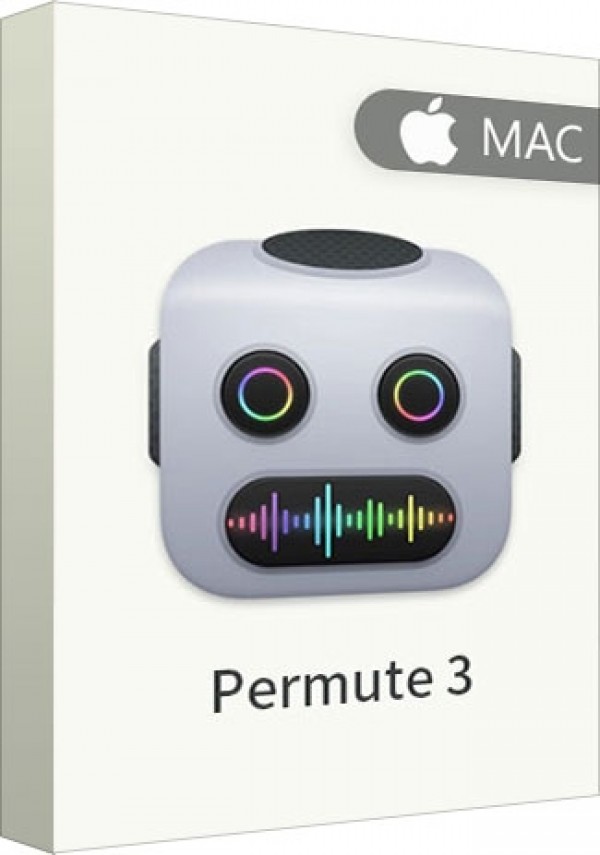

This is a combination with repetition problem: combinations of 1000 the 25 family members with repetition. Order doesn't matter here, since the pens are identical. To distribute the gifts, we must select people to get each one. See the textbook's discussion of “distinguishable objects and indistinguishable boxes” on p. 337, or look up Stirling Numbers of the second kind. Example: How many ways are there to permute the letters of the word \(\mathrm\.\].
#10 PERMUTE 3 HOW TO#


… or equivalently, there are \(C(8,6)=28\) ways to place the candy selections.There are \(C(8,2)\) ways to do that, so \(C(8,2)=28\) possible selections.Now the answer becomes obvious: we have 8 slots there and just have to decide where to put the two dividers.Now we don't need the actual identities in the diagram to know what's there:.We don't want our candy to mix: let's separate the types.Since order doesn't matter, we'll list all of our selections in the same order: C then G then H.Here are some possible selections you might make:.How many different selections can you make? The store has chocolate (C), gummies (G), and Haribo sugar-free gummi-bears, which are horrible (H). Example: You walk into a candy store and have enough money for 6 pieces of candy.Same as permutations with repetition: we can select the same thing multiple times.Same as other combinations: order doesn't matter.We can also have an \(r\)-combination of \(n\) items with repetition.Proof: the product rule applied \(r\) times.There are \(n^r\) different \(r\)-permutations of \(n\) items with repetition.Specifically, we select \(r\) objects from \(n\) possibilities, and are allowed to select the same object as many times as we want.That was an \(r\)-permutation of \(n\) items with repetition allowed.We can actually answer this with just the product rule: \(10^5\).Here we are selecting items (digits) where repetition is allowed: we can select 4 multiple times if we want.

Example: How many distinct values can be represented with 5 decimal digits?.Something in particular that was missing: being able to select with repetition.… and we found problems where those were useful, but it wasn't obvious.In how many ways if order does/doesn't matter? You have \(n\) objects and select \(r\) of them.The permutation and combination question we have done so far are basically about selecting objects.


 0 kommentar(er)
0 kommentar(er)
